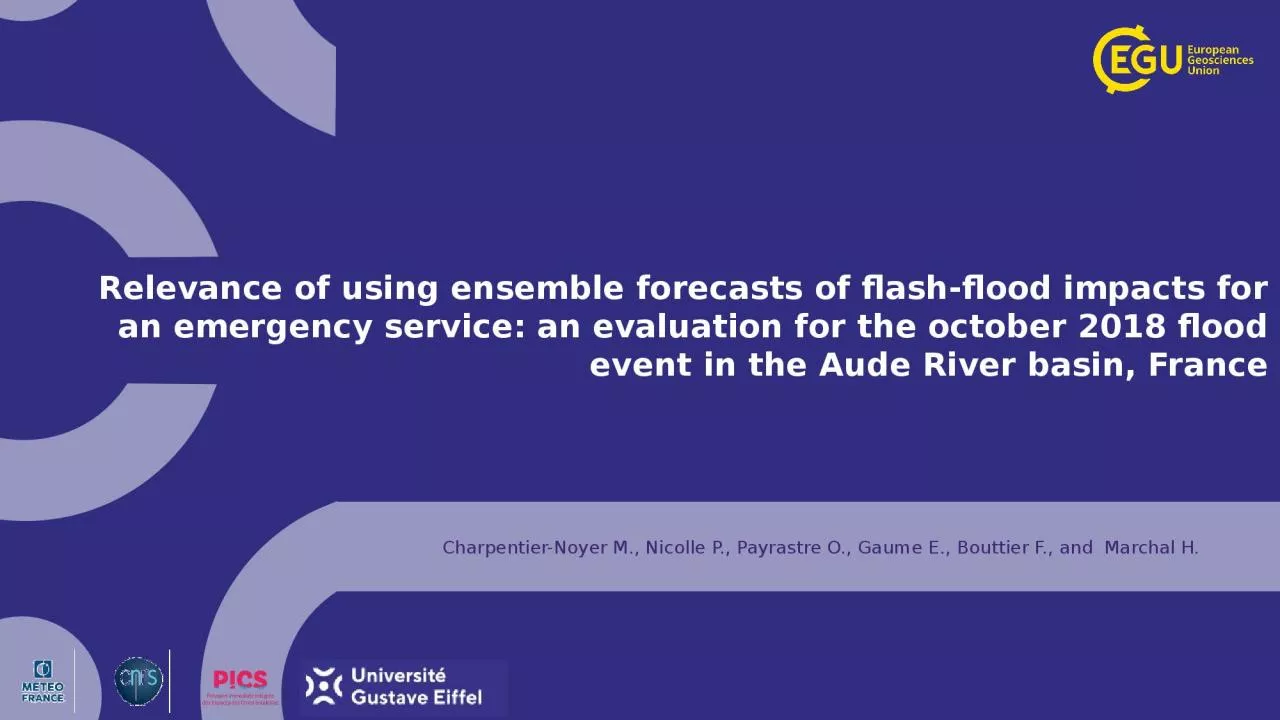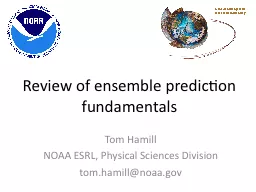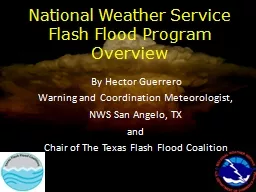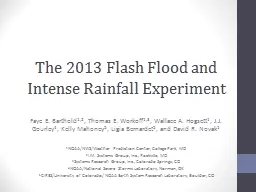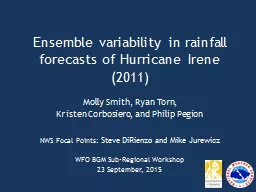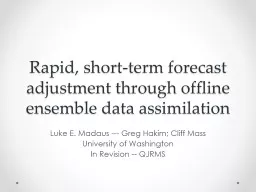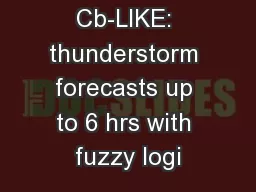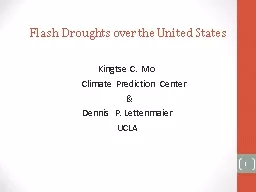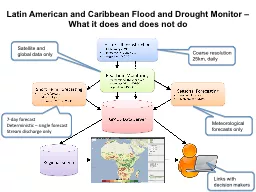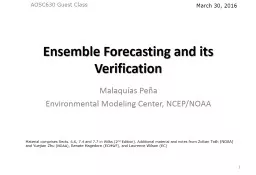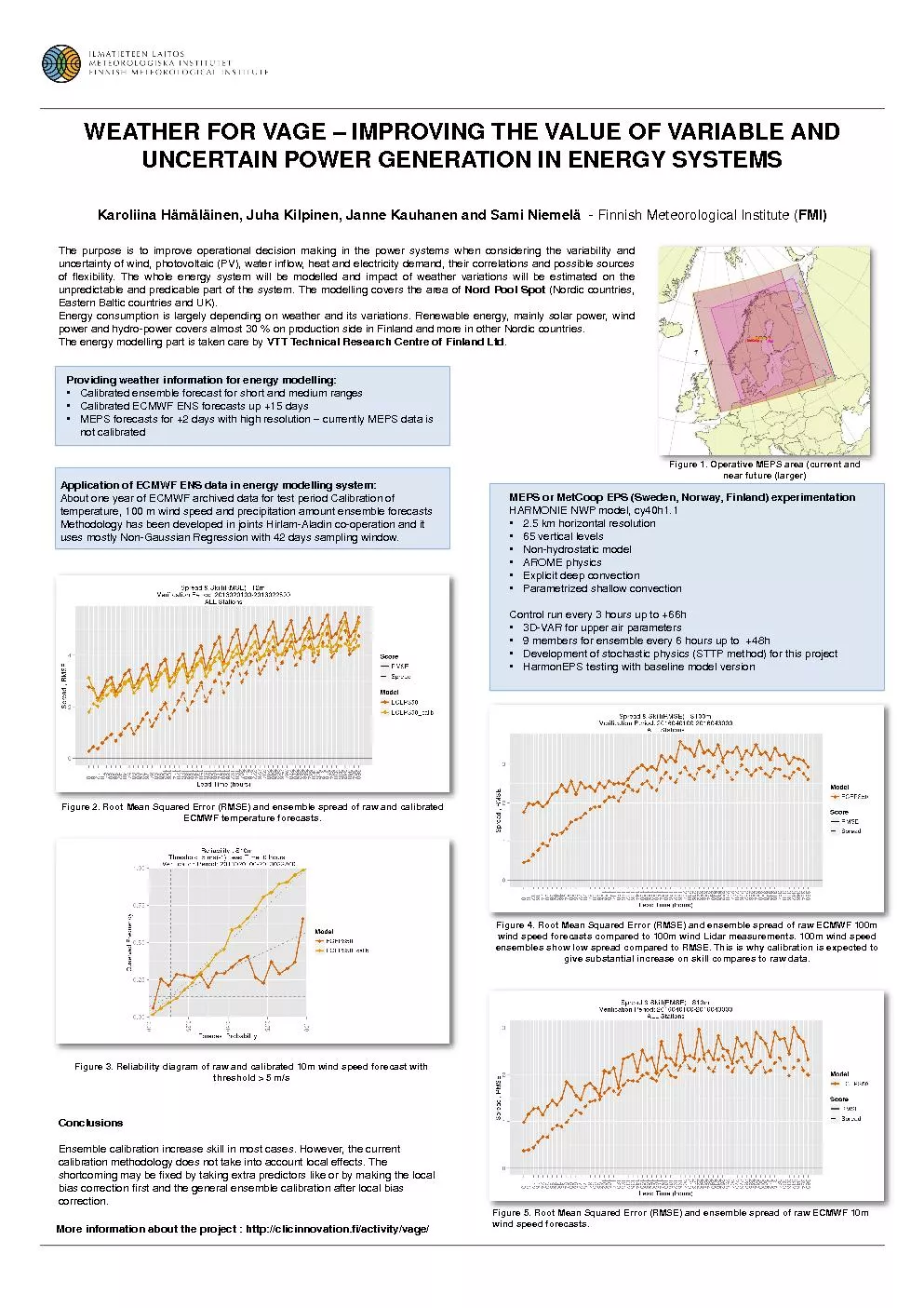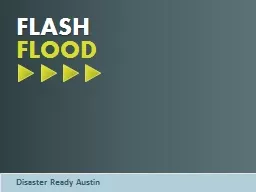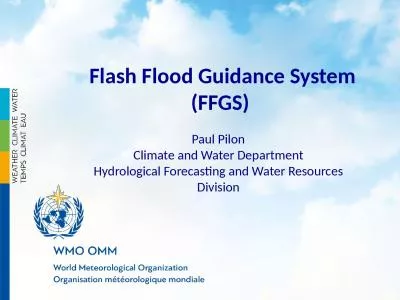PPT-Relevance of using ensemble forecasts of flash-flood impacts for an emergency service:
Author : wang | Published Date : 2023-12-30
october 2018 flood event in the Aude River basin France CharpentierNoyer M Nicolle P Payrastre O Gaume E Bouttier F and Marchal H New shortrange rainfall forecast
Presentation Embed Code
Download Presentation
Download Presentation The PPT/PDF document "Relevance of using ensemble forecasts of..." is the property of its rightful owner. Permission is granted to download and print the materials on this website for personal, non-commercial use only, and to display it on your personal computer provided you do not modify the materials and that you retain all copyright notices contained in the materials. By downloading content from our website, you accept the terms of this agreement.
Relevance of using ensemble forecasts of flash-flood impacts for an emergency service:: Transcript
Download Rules Of Document
"Relevance of using ensemble forecasts of flash-flood impacts for an emergency service:"The content belongs to its owner. You may download and print it for personal use, without modification, and keep all copyright notices. By downloading, you agree to these terms.
Related Documents

